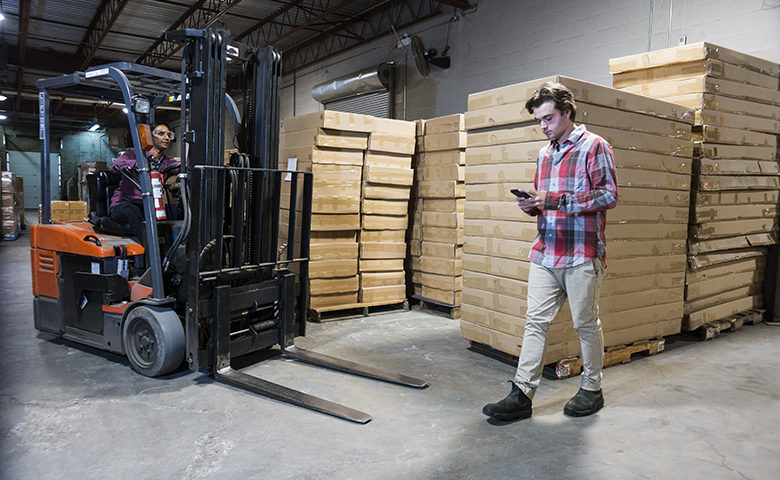Distractions are a natural part of our daily lives. It’s not a big deal if you burn your toast while checking your phone, but it certainly is a big deal if you cross a busy street while texting or are distracted by a coworker when you should be concentrating on operating heavy machinery.
An article, titled Distracted to Death, discusses this subject in depth. It starts by pointing out the fact that because distractions are such a big part of our lives “it’s not really a question of if we get distracted, it’s a question of when.”
Danny Smith, the author of the article, points out that many companies try to limit distractions by, for example, banning phones on the shop floor. But there are actually four types of distractions and phones fall into only one of the categories. We need to be aware of all four to truly understand the scope of the problem.
Another major issue raised by the article is the problem of at-risk behaviors. Smith states:
Take the at-risk behavior of using a cell phone while walking or operating heavy machinery—be it for an actual call, a text, or using an app. Many would consider this to be deliberate at-risk behavior and I’m not going to argue that point. However, it’s my opinion, and I know lots of people agree, that we’ve also reached a point in our society where this is not only deliberate but also simply habitual and people do it without thinking.
So the problem is not only the choice of allowing oneself to become distracted, but also the fact that distracted behaviors have become habitual, and it’s hard to be logical or thoughtful about habits. After all, they’re automatic and, therefore, done without thinking.
Smith suggests that a good way to fight distractions is to develop safe habits around them. Knowing that certain activities are more hazardous than others can help us plan which habits to work on so that we don’t always have to consciously think about safety. We can be safer by simply building safer routines.
There is much more to learn from the article and it’s worth the read. If you’d like to learn more and download the article, click here.

